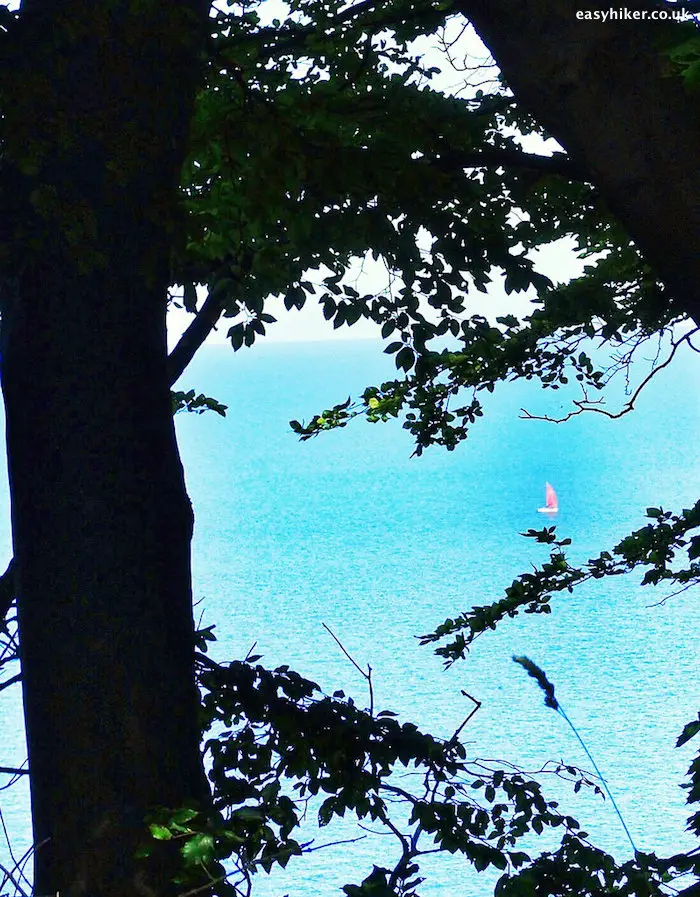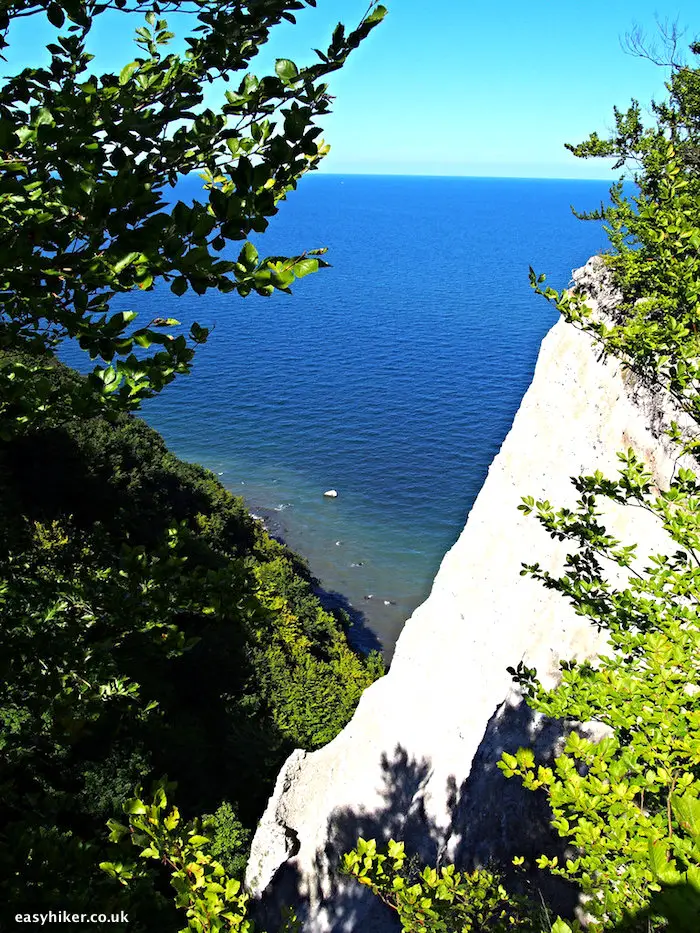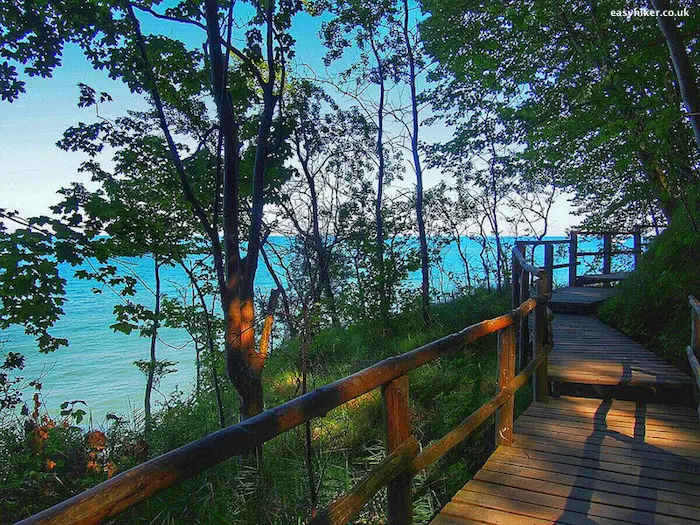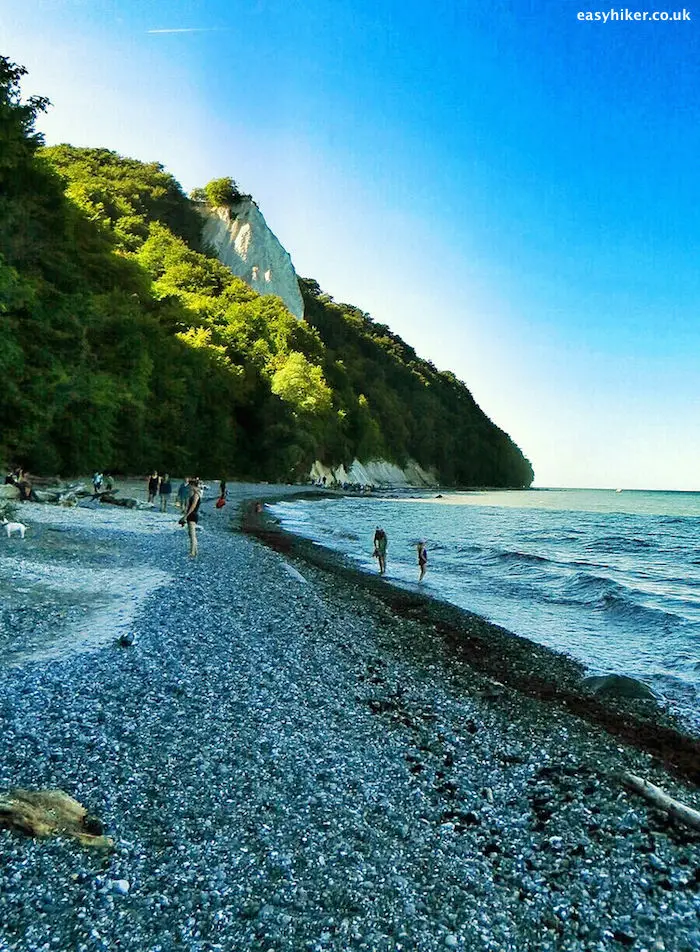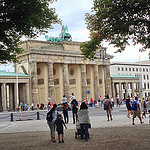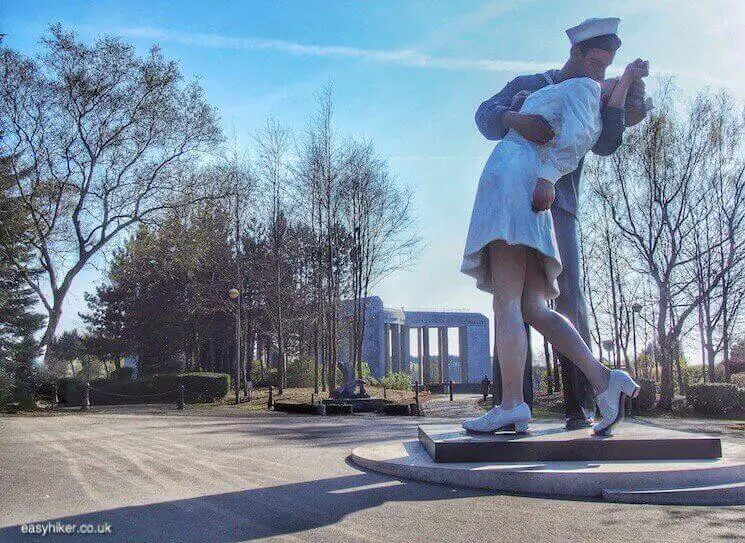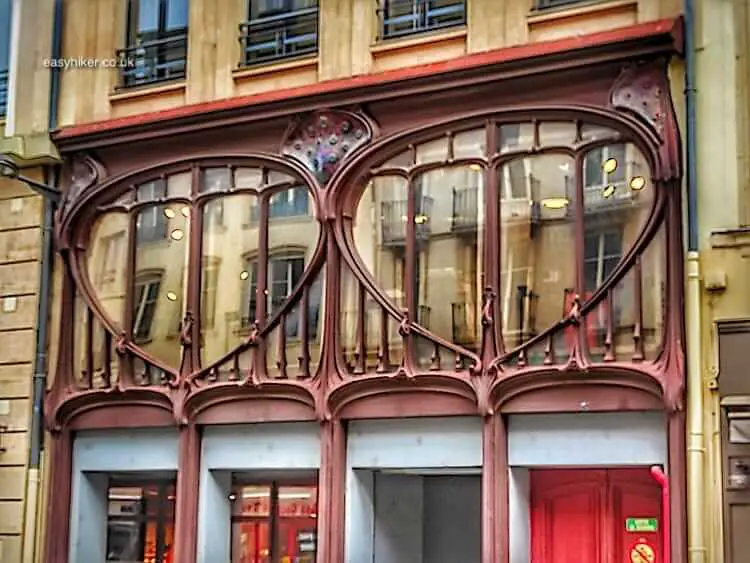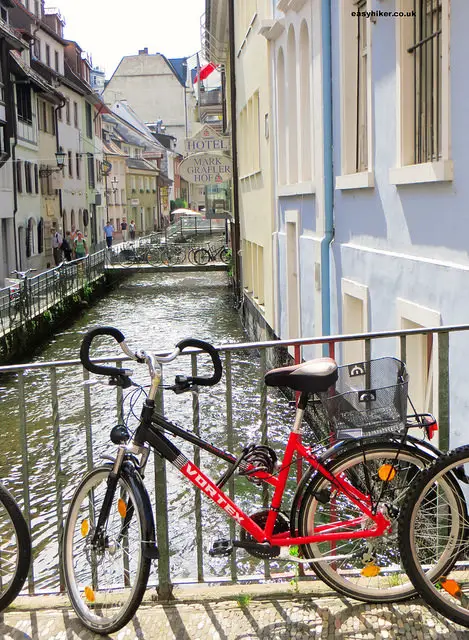As seen on an iconic, world-famous painting – and by Kaiser Bill’s mother
Ruegen is Germany’s largest island and one of the country’s most popular tourist destinations.
Unsurprisingly, considering the German love for hiking, Ruegen also has a dense network of hiking paths, all centred on the 140 km long Hauptwanderweg – the “main hiking path” – from Kap Ankona in the north to the southern ferry harbour of Altefähr.
This route does not even include the sandy beaches of Binz and the Ozymandian “beach resort ruins” of Prora, the birthplace of modern mass tourism, that we featured in our last post. So it is possible to hike through Rügen for a week or longer and still not have seen nearly all there is to see.
This reflects one problem that tourists (because let’s be honest: that’s what we all are) always have: no matter what you do, you are never able to see everything. Which is why the shorter the trip, the more categorical the imperative to focus your attention wisely.
And on Ruegen, this means: whatever you do and wherever you go, you should not miss the most prominent feature of the island’s landscape, the white cliffs of the Koenigsstuhl.
The Koenigsstuhl can be reached on the Hauptwanderweg from the town of Sassnitz, walking along the ridge of the cliffs but mainly through fairly dense forests over a distance of 8 km.
The good news: a bus (the S20) circulates between Sassnitz and the Königsstuhl, so you don’t have to walk both ways.
The bad news: the buses are fairly infrequent on weekdays and on any day during the off-season (circulating in intervals of two hours if you are lucky), so it is probably best to go to the Koenigsstuhl by bus first (because you can plan your departure times) and return on foot to Sassnitz from where there are more options in the form of regular trains and buses to other parts of the island.
Or, if you are in a hurry, you can do what we did, which is to take the bus to the Koenigsstuhl (from Binz or Prora, for example), walk around and then take another bus back to Sassnitz.
The two hours in between your arrival and departure give you plenty of opportunities to explore the neighbourhood and get a good first impression of the landscape.
The White Cliffs of Ruegen
There are three short walks that you can do around the Koenigsstuhl. The first one leads you directly to the top of the cliff, where an observation platform has been constructed in the exact place that – allegedly – provided the inspiration for Caspar David Friedrich’s most famous painting, The Chalk Cliffs of Rügen, one of the iconic works of German Romanticism.

I need to add, however, that Mr. Friedrich was not charged € 8.50 for the privilege of entering the spot. (In fairness, the entrance fee also entitles you to visit the Erlebniszentrum, one of the German words that, like Schadenfreude, are difficult to translate.
This “Experience Centre” includes an exhibit where an audio guide explains to you in geological time and painful detail what exactly Mother Nature did to create those chalk cliffs, and a “multivision cinema” where you get “180° views” of the landscape around the cliffs that you can, alternatively, see for nothing in 360°. I am not sure if Mr. Friedrich would have been a fan.)
Better, follow the short path through the forest to the Victoriasicht from where you get a great view of the Koenigsstuhl. (The “Victoria View” received its name in 1865 after a visit by the Prussian crown princess of the same name, the eldest daughter of Queen Victoria and the mother of Emperor Wilhelm II aka Kaiser Bill.)
Best of the lot, however, is the walk down to the beach, “Zum Strand” in German. There is a wooden stairway of 412 steps, which will give you the feeling that you really worked hard for your Koenigsstuhl experience, especially, of course, on the way back up.
The warning on the panel when you enter, however, that the walk will be “highly strenuous”, is in fact slightly exaggerated, because the walkway is in truth not all that bad since the 412 stairs do not all come in one go and steep passages are always followed by longer stretches in the flat where you can catch your breath.
You get some attractive views on your way …
… and down on the beach, in the shadow of the white cliffs …
… you can make some interesting discoveries while walking up and down the coast for as far the eyes can see.
Just make sure you do not get carried away and miss the bus. There is not enough entertainment up there to last for another two hours, so in the end, you might actually feel obliged to cough up € 8.50 – just for a place where you can sit down and have a quiet cup of coffee. With a lesson in geology thrown in for free.

